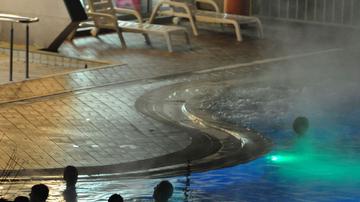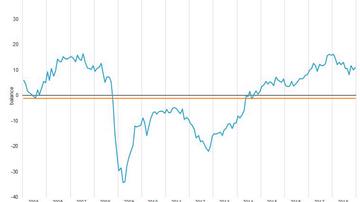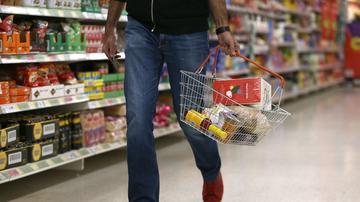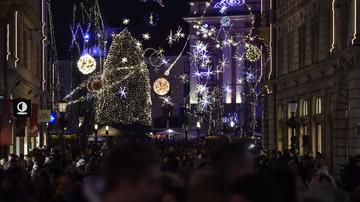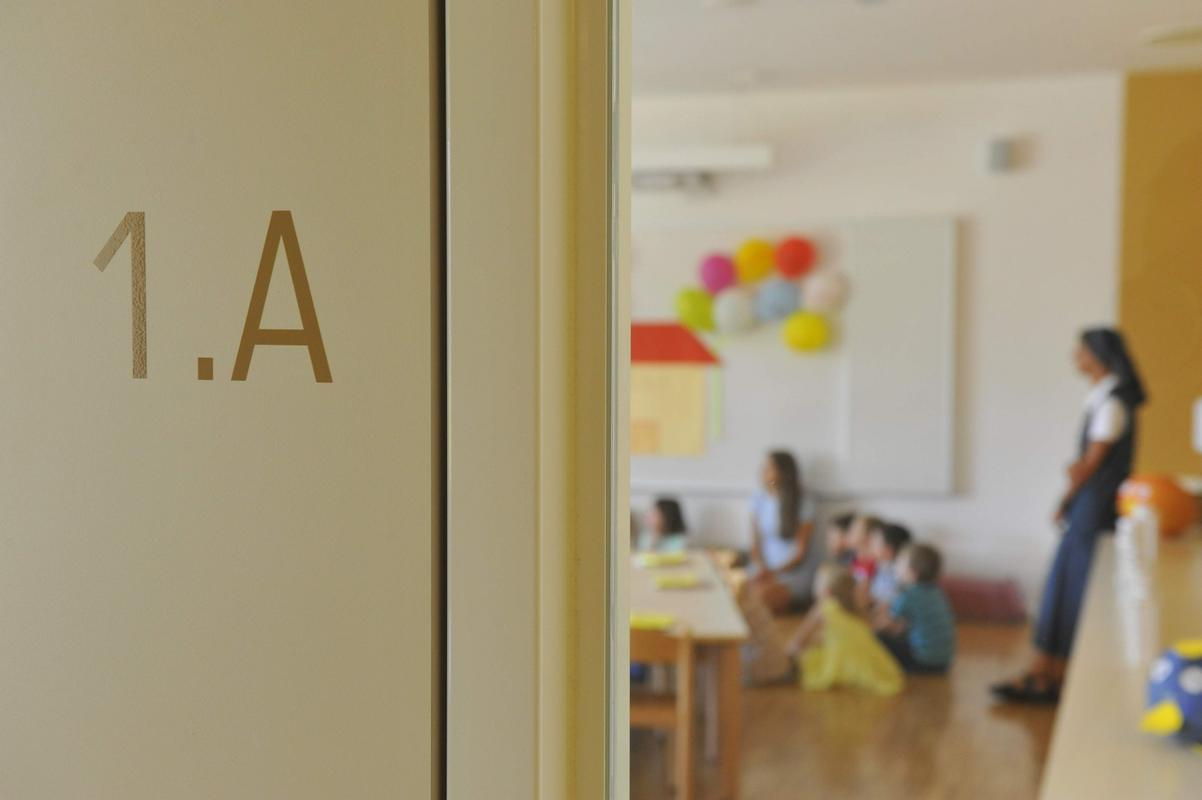
In the school year 2017/18, 181,301 children were enrolled in basic school program with regular and adapted curriculum, nearly 5,000 more than in the previous year. The number of children in basic education has been growing since 2010/11 when the population of pupils was the smallest in independent Slovenia (161,046). Smaller generations born 10–15 years ago are leaving for upper secondary schools and bigger generations of 6-year-olds are entering basic education. The 2017/18 generation of first-graders was a quarter larger (about 22,000) than the generation of ninth-graders (17,125). We expect this trend will reverse soon due to falling fertility and thus smaller generations of today’s pre-school children.
Going to school for the very first time
In the school year 2017/18, 21,923 children entered first grade of basic school. Children in Slovenia enter basic education at 6 years of age. However, for various reasons lately more and more children have been entering basic education at the age of 7. Five years ago there were 5.7% 7-year-olds among first graders. In 2017/18 the share was 9.5%. The majority of these children are born in November or December and are the youngest of their generation. Children with special needs also represent a considerable part of 7-year-old first graders (17.8%).
The average class with 19 pupils
The average class in regular programs had 19 pupils. This number varies depending on the organizational form of schools. In independent and central basic schools there were on average 20.6 pupils per class, and in subsidiary schools only 10.8 pupils per class. The average number of children per class also varies among statistical regions. The lowest average number of children per class was recorded in basic schools in the Koroška statistical region (16) and the highest in the Osrednjeslovenska statistical region (21.4).
14,000 children with special needs
In regular and adapted basic education programmes there were 13,996 children with special needs. Most of them (84.5%) were included in regular programmes with adapted implementation and additional professional assistance and represented 6.6% of all pupils in regular basic education programmes.
Pupils in upper secondary education
While the number of pupils in basic schools increases the number of upper secondary school pupils continues to fall as smaller and smaller generations exit basic education. In the school year 2017/18, 73,776 pupils were enrolled in the upper secondary education, nearly 5,000 less than five years ago. We expect this trend to continue for another year until larger generations of 15-year-olds begin to enter upper secondary education.
Among 20,180 first-year pupils 18,100 were new entrants, entering upper secondary education for the first time. Others were either repeaters or have changed their study programme.
General or vocational?
In upper secondary general programmes 35% of all upper secondary school pupils were enrolled, 60% of them girls. 47% of all pupils were enrolled in technical programmes (46% of them girls) and 18% of all pupils were enrolled in vocational education (30% of them girls). In the last few years the interest in vocational and technical programmes has increased. Compared to 2010/11 the share of pupils in these programmes has increased by 5 percentage points and decreased by just as much in general programmes.
Men tend to choose technical and vocational programmes more often than women. Three out of four (73%) male pupils are enrolled in these programmes, mostly in the technical fields (33% of all male pupils) and computing (8%). On the other hand, 56% of female pupils are enrolled in technical and vocational programmes, mostly in the fields of health (12% of all female pupils), personal services (11%) and business and administration (10%).
My name is »Šola«
Schools are among the most important institutions in individual towns, so it is not surprising that the most common street name in Slovenia (52 streets in 2017) is Šolska ulica (School Street). In addition, one can find six streets named Šolska pot (School Path) and six streets named Šolska cesta (School Road). There are also three streets named Dijaška ulica (Pupils’ Street).
There are also some personal names connected with school. Ten people in Slovenia have the family name Šola (school), 512 Šolar (school child) and 109 Dijak (pupil).





















































